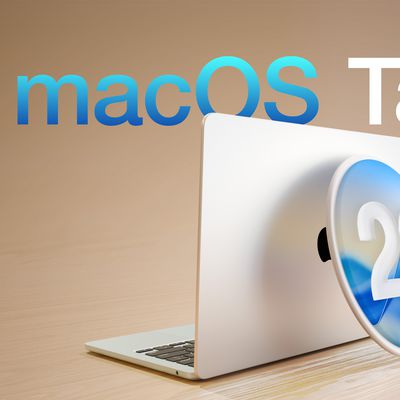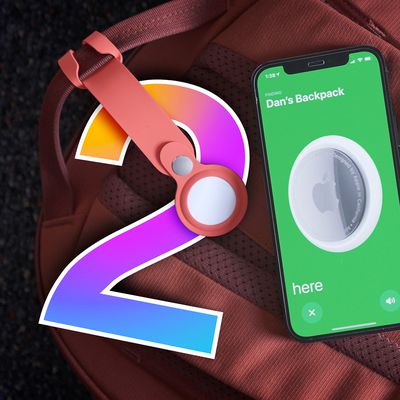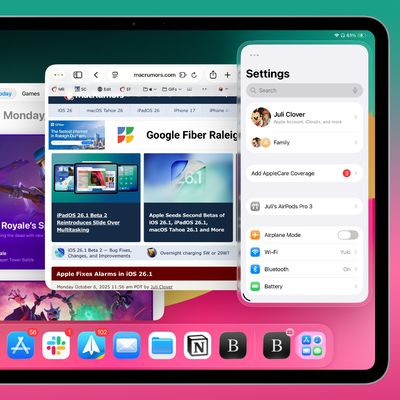Mobile analytics firm Flurry yesterday reported that it has detected in its usage data what it believes is evidence of approximately 50 tablet devices in testing at Apple's campus in Cupertino, California. According to the report, the devices are running an as-yet-unreleased iPhone OS 3.2 and have sampled approximately 200 traditional iPhone applications from the App Store.
Using Flurry Analytics, the company identified approximately 50 devices that match the characteristics of Apple's rumored tablet device. Because Flurry could reliably "place" these devices geographically on Apple's Cupertino campus, we have a fair level of confidence that we are observing a group of pre-release tablets in testing. Testing of this device increased dramatically in January, with observed signs of life as early as October of last year. Apple appears to be going through its cycle of testing and polish, which is expected from any hardware or software company as it nears launch.
The mix of applications being tested on the devices appears to be weighted in favor games and other media and entertainment applications rather than more work-oriented productivity applications.
There has been some question as to how Flurry knows that the new device is the tablet, with speculation suggesting that it could simply be iPhones running iPhone OS 3.2 in testing. Evidence dating as far back as November has pointed to the testing of next-generation iPhone hardware, as well as possible testing of iPhone OS 4.0.
Addressing those questions, Flurry vice-president Peter Farago noted in the comments section of the company's report that it has seen evidence of iPhone hardware running iPhone OS 4.0, and those devices identify themselves as iPhones and leave Apple's campus. The devices presumed to be the tablet do not identify themselves and have not been seen anywhere except on Apple's campus. Farago also hints at usage data patterns it is unable to publicly share as further evidence of the tablet being in use. Still, questions remain about the validity of the data and the interpretation of it.























